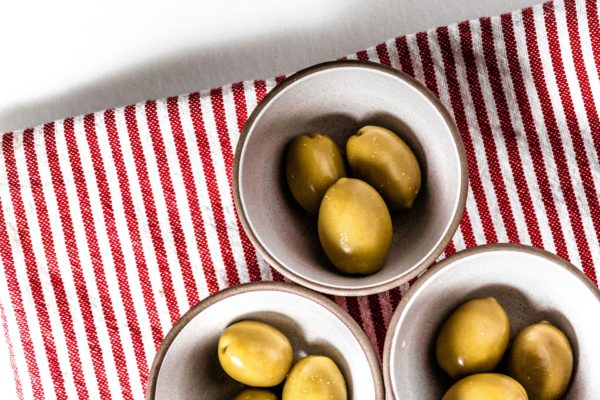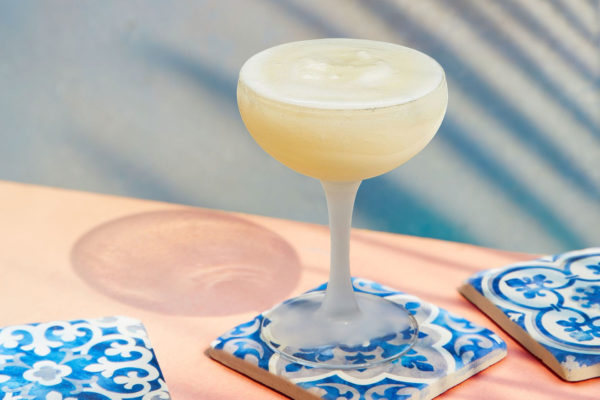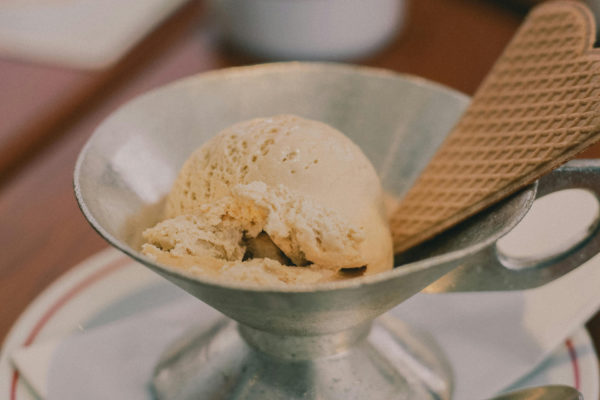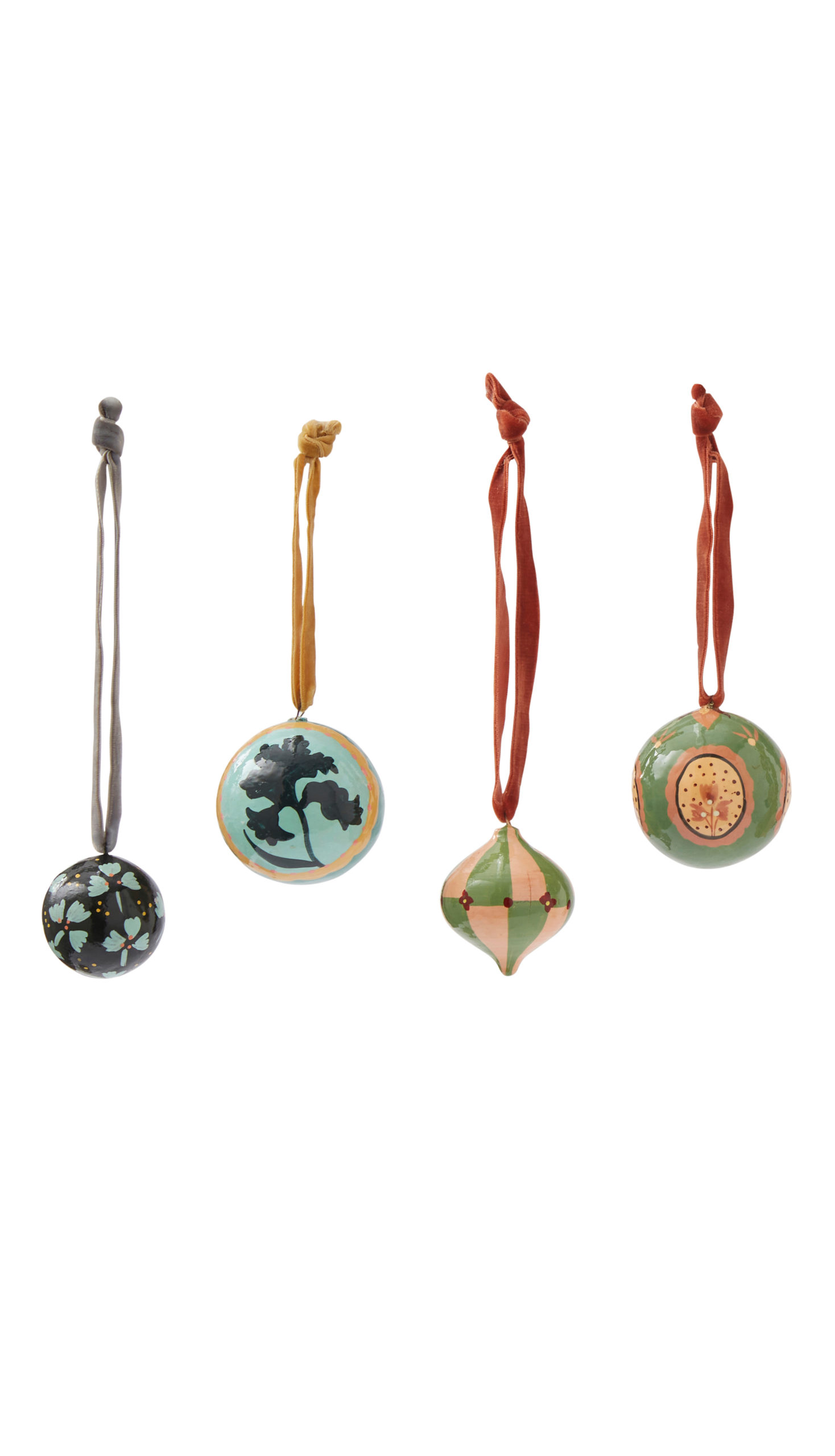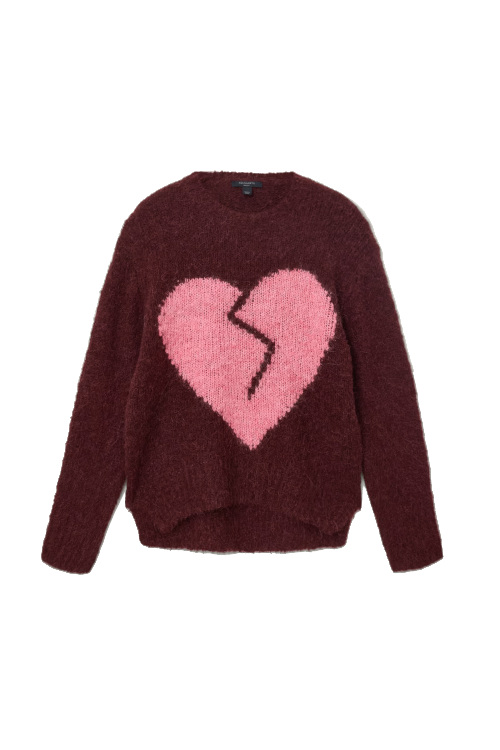Should You Be Swapping Your Iced Latte For Horchata?
By
1 year ago
This creamy drink is popular in Mexico and Spain
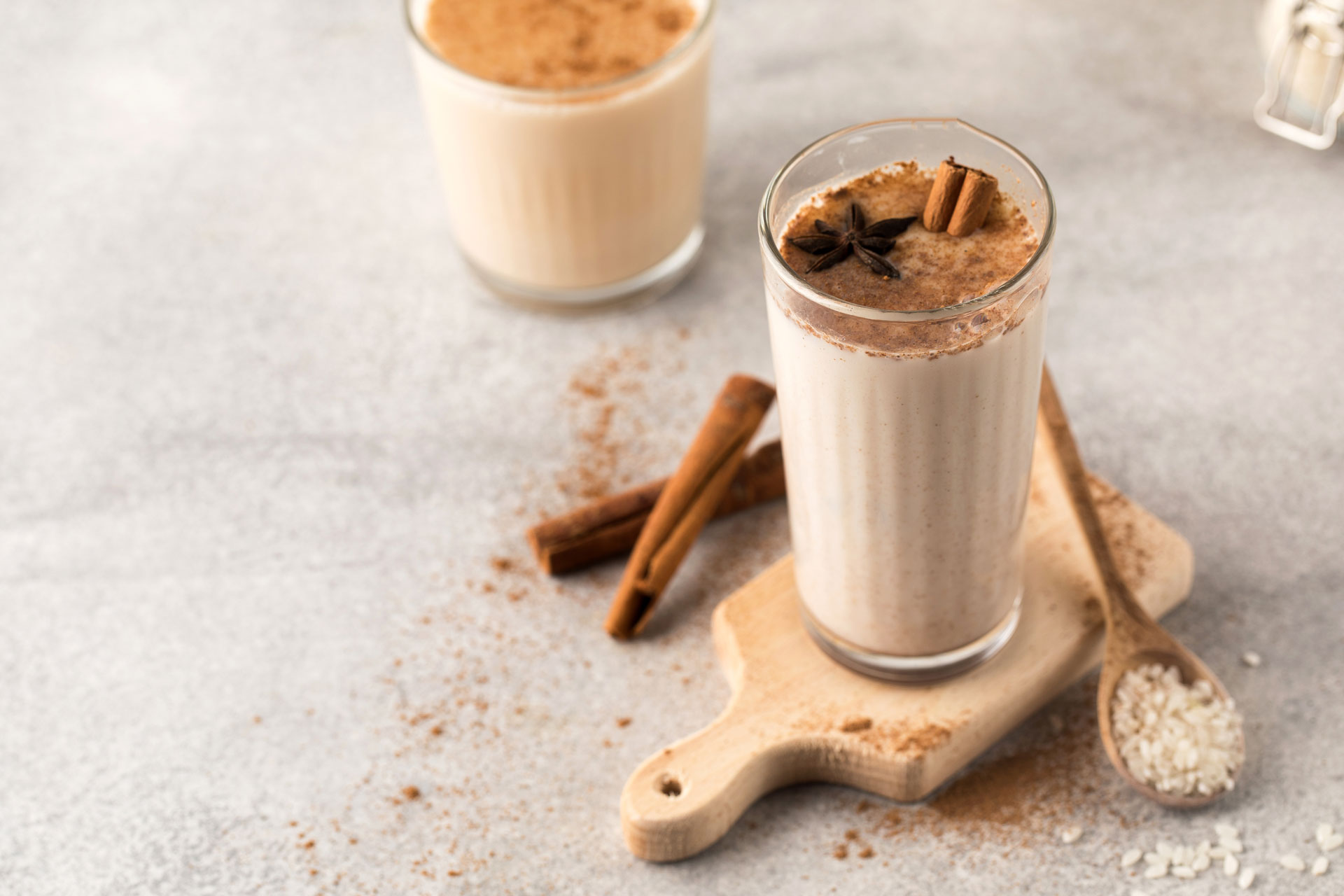
On hot summer days, you might reach for an ice-cold fizzy beverage – but in Mexico and Spain, it’s common to cool down with something a bit creamier. Both countries are big on horchata, a sweet drink made of soaked grains or nuts, which is usually dairy-free, and can offer a whole host of health benefits. Curious? Here’s everything you need to know.
What Is Horchata?
As there are many different variations of the drink, an exact definition of horchata can be hard to pin down. But generally, it’s created by soaking grains, nuts or seeds overnight in water, then blending with other ingredients and spices.
The History
Although the tipple was popularised in Spain, horchata is thought to have originated in North Africa as far back as 2400 BC – and, indeed, some researchers think it goes back even further. Similar versions have been found at archaeological sites in Egypt, and Ancient Romans consumed a barley-based drink which they referred to as hordeata, which they believed had healing properties.
During the 13th century, the drink was brought to Valencia, Spain, where it was – and still is to this day – made using tiger nuts. It spread around Europe before making its way to North and Central America, eventually landing in Mexico. Since there were no tiger nuts native to Mexico, locals began experimenting with using rice instead, which was found to be a suitable alternative. This grew to become the world’s most famous version of horchata – and today, it continues to be one of the country’s most popular drinks.
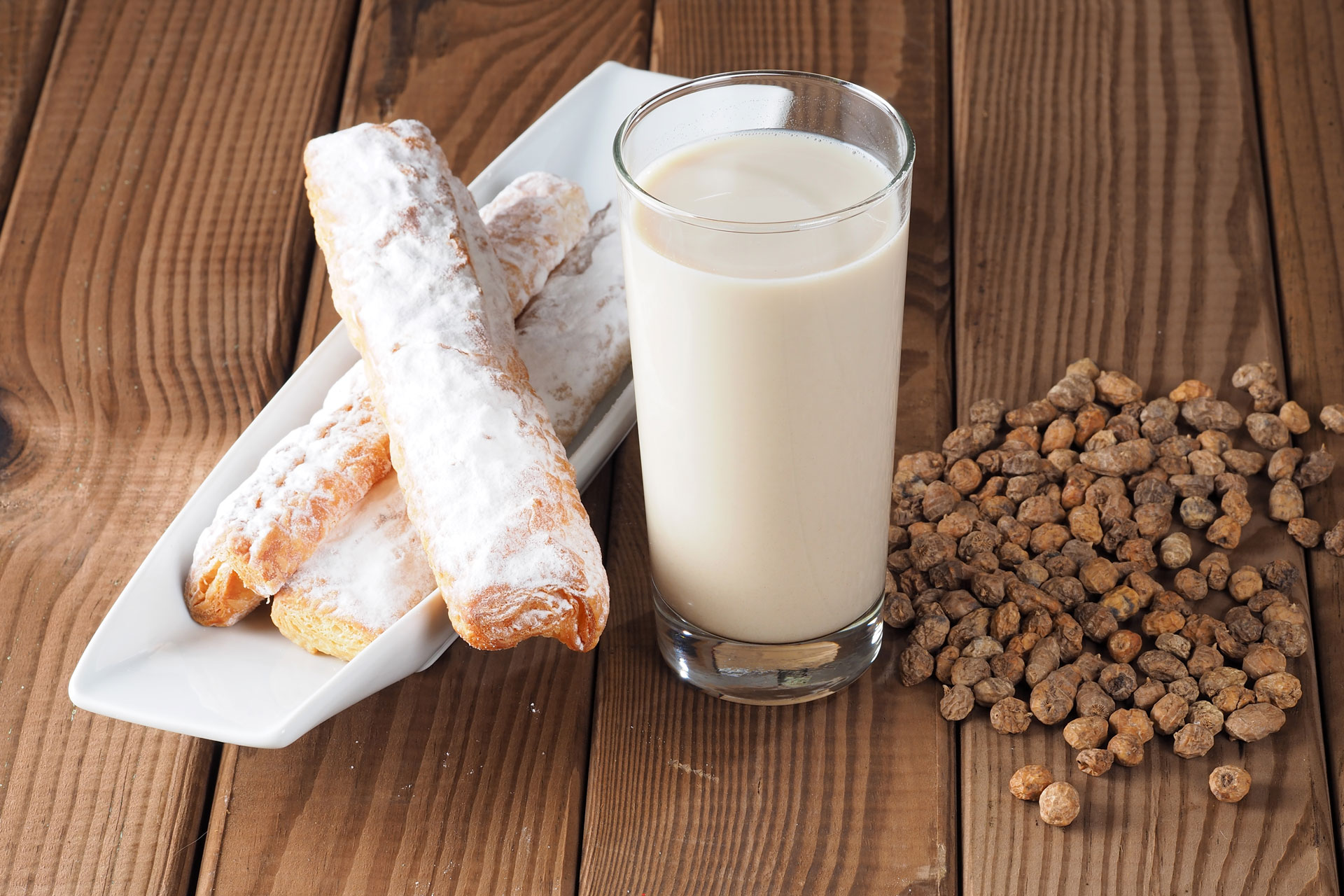
Getty Images
Varieties
In Mexico, horchata is made using rice, sweetened with sugar and spices including cinnamon and vanilla. Sometimes, edible flowers or fruits are added too.
In Spain, the drink is usually referred to as Horchata de Chufa, made using ground tiger nuts, often blended with lemon and cinnamon.
What Does It Taste Like?
As there are many different variations of the drink, it can vary in taste too. However, generally it has a sweet and creamy taste. Despite this, it’s meant to be refreshing – hence why it’s often enjoyed alongside spicy dishes in Mexico. In Valencia, it’s often served alongside fartons, traditional Valencian buns covered in a glaze, designed to be eaten dipped in horchata.
Is It Healthy?
Some versions of horchata can have health benefits. Valencians often refer to their version as ‘the drink of the gods’ as it is high in antioxidants, which help protect your body’s cells against damage, as well as vitamins C and E. It’s also free from lactose and gluten.
Rice milk, meanwhile, as used in the Mexican version, can provide calcium and magnesium, which are both important for bone health, and cinnamon has anti-inflammatory properties. Given its high water content, the beverage can also offer hydration. However, both styles can also be high in calories and sometimes sugar is added, so the drink should be enjoyed in moderation.




